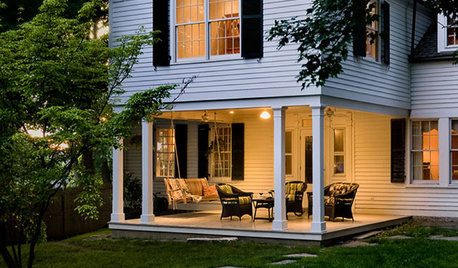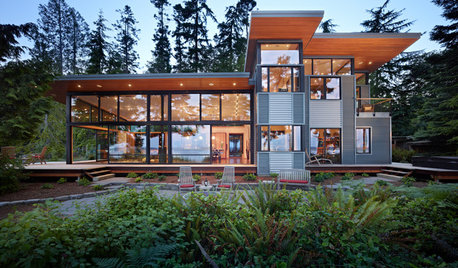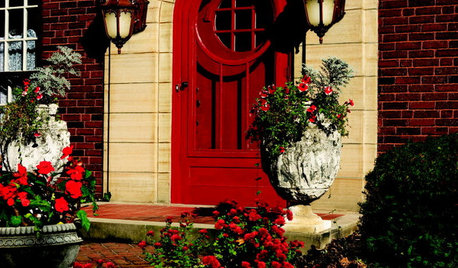looking for info about this type of house
benjohnson
14 years ago
Related Stories

SELLING YOUR HOUSEThe Latest Info on Renovating Your Home to Sell
Pro advice about where to put your remodeling dollars for success in selling your home
Full Story
MATERIALSInsulation Basics: What to Know About Spray Foam
Learn what exactly spray foam is, the pros and cons of using it and why you shouldn’t mess around with installation
Full Story
GREEN BUILDINGWhat's LEED All About, Anyway?
If you're looking for a sustainable, energy-efficient home, look into LEED certification. Learn about the program and its rating system here
Full Story
ARCHITECTUREWhat You Must Know About the Sun and Your Home
Learn about the powerful effects of sunlight on house materials and more, and see 7 homes that address the sun's rays beautifully
Full Story
PAINTINGWhat to Know About Milk Paint and Chalk Paint — and How to Use Them
Learn the pros, cons, cost and more for these two easy-to-use paints that are great for giving furniture a vintage look
Full Story
HEALTHY HOMEWhat You Need to Know About Dust and How to Fight It
Breathe easier with these 10 tips for busting mites, dander and other microscopic undesirables
Full Story
GARDENING GUIDESNew Ways to Think About All That Mulch in the Garden
Before you go making a mountain out of a mulch hill, learn the facts about what your plants and soil really want
Full Story
ENTRYWAYSYour Entry: Mad About Red
A Red Front Door Bids You Welcome, Good Luck and Happiness
Full Story
GREEN BUILDINGLet’s Clear Up Some Confusion About Solar Panels
Different panel types do different things. If you want solar energy for your home, get the basics here first
Full Story
GARDENING FOR BIRDSWhat to Know About Birds Nesting in Your Yard
Learn how to observe, record data and help ornithologists with NestWatch’s citizen science project understand bird trends
Full StoryMore Discussions










benjohnsonOriginal Author
alexia10
Related Professionals
El Sobrante Kitchen & Bathroom Designers · Highland Kitchen & Bathroom Designers · Highland Park Kitchen & Bathroom Designers · Soledad Kitchen & Bathroom Designers · White House Kitchen & Bathroom Designers · Town 'n' Country Kitchen & Bathroom Designers · South Sioux City Kitchen & Bathroom Designers · Glade Hill Kitchen & Bathroom Remodelers · Blasdell Kitchen & Bathroom Remodelers · Glen Allen Kitchen & Bathroom Remodelers · Manassas Kitchen & Bathroom Remodelers · Schiller Park Kitchen & Bathroom Remodelers · Vienna Kitchen & Bathroom Remodelers · Providence Architects & Building Designers · Saint Andrews Architects & Building Designerssombreuil_mongrel
Billl
sombreuil_mongrel
Billl
palimpsest
calliope
powermuffin
palimpsest
calliope
benjohnsonOriginal Author
alexia10
sombreuil_mongrel
Billl
palimpsest
calliope
slateberry
igloochic